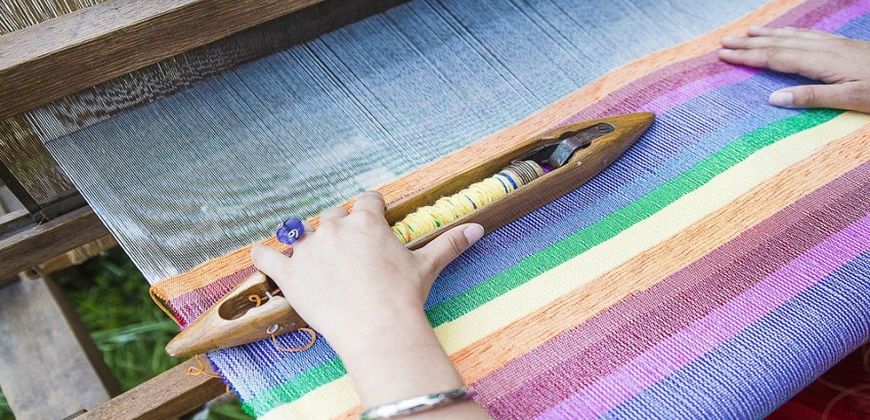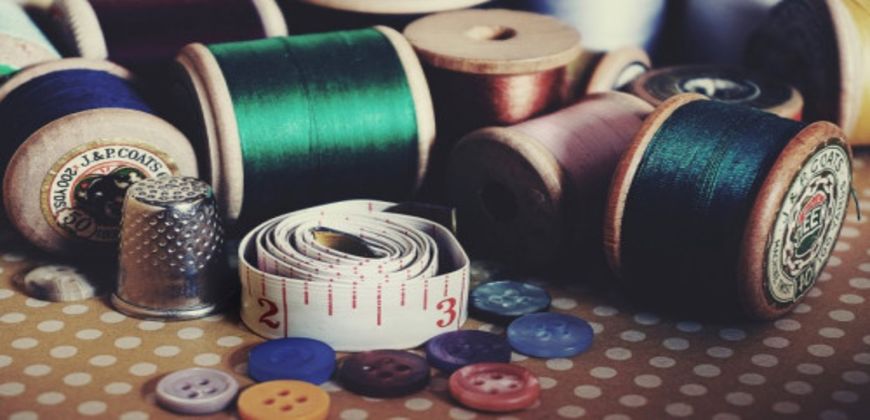Blogs
- Blog
- Learn With Jhini Chadaiya

Fibre to fabric-introduction
To know and understand the clothes we wear it is necessary to understand the materials and processes that go into making a fabric. One need not go into a detailed in-depth textile study. An overview and conceptual knowledge is enough to make one realise the complexity of fabric production. Since we are dealing with handlooms we will focus on the commonly or widely used materials and processes in the handloom products of India.
The fibre to fabric broadly can be divided into four stage
Read more
The art of Weaving
Today a cloth can be made by weaving as well as knitting. Since we are dealing with handlooms we will focus only on the woven fabrics and leave the knitwear for future blogs. Interlacing of yarn to make a flat piece of surface is called weaving. Basketry is the oldest form of weaving and still the most basic form to understand weaving of yarns to make a cloth. A fabric is woven by stretching a number of yarns on a loom, these are the warp yarns and passing through another set of yarns across
Read more
What is Fibre and why is it important?
First and fore most requirement to make a product is its raw material. The raw material in a fabric is ‘fibre’. A fibre is any hair like raw material from natural source or manmade which can be converted into nonwoven fabrics like felt or paper or pliable enough to be spun into a yarn and finally woven into a fabric.
Natural fibres commonly used in handloom or any wearable fabric is either cellulosic i.e. from plant source Cotton, flax(linen), jute, bamboo, banana etc., or
Read more
